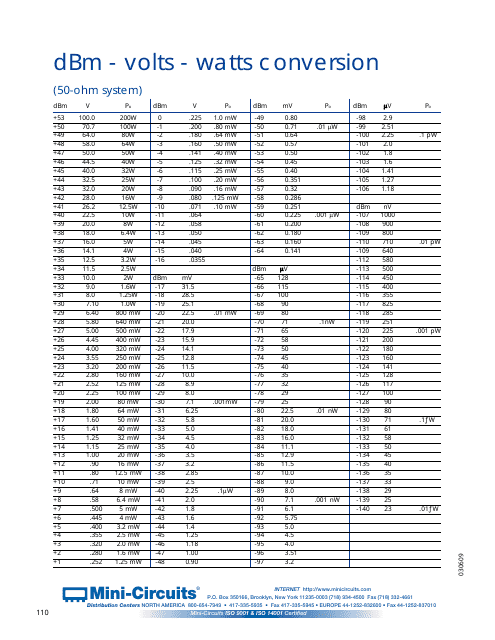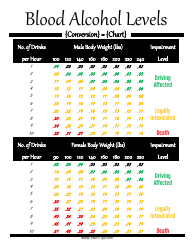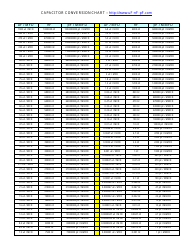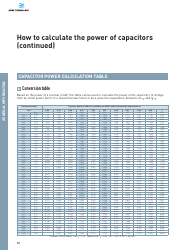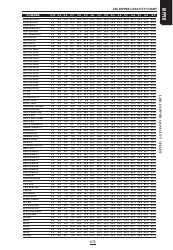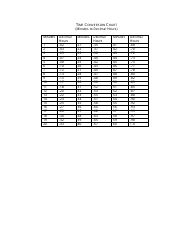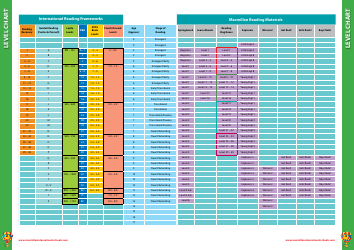Dbm / Volts / Watts Conversion Chart, Return Loss VS. Vswr Chart - Mini-Circuits - Brooklyn, New York
The Dbm/Volts/Watts Conversion Chart and Return Loss VS. Vswr Chart provided by Mini-Circuits in Brooklyn, New York are reference tools used in the field of electronics and telecommunications.
The Dbm/Volts/Watts Conversion Chart helps in converting power measurements between decibel-milliwatts (dBm), volts, and watts. dBm is a logarithmic unit that measures the power level relative to 1 milliwatt, while volts and watts are units of electric power.
FAQ
Q: What is a dBm?
A: dBm is a unit of power measurement used to quantify the power level in decibels relative to one milliwatt.
Q: What is a volt?
A: A volt is a unit of electrical potential difference, measuring the force required to move one ampere of current through one ohm of resistance.
Q: What is a watt?
A: A watt is a unit of power, representing the rate of energy transfer or conversion per unit time.
Q: What is the conversion between dBm and volts?
A: The conversion between dBm and volts depends on the impedance of the system. To convert dBm to volts, you would need to know the impedance and use the appropriate formula.
Q: What is return loss?
A: Return loss is a measure of the amount of power that is reflected back towards the source in a transmission line or system.
Q: What is VSWR?
A: VSWR stands for Voltage Standing Wave Ratio. It is a measure of how well a load is matched to a transmission line or system.
Q: What is the relationship between return loss and VSWR?
A: Return loss and VSWR are inversely related. As the return loss increases, the VSWR decreases, and vice versa.
